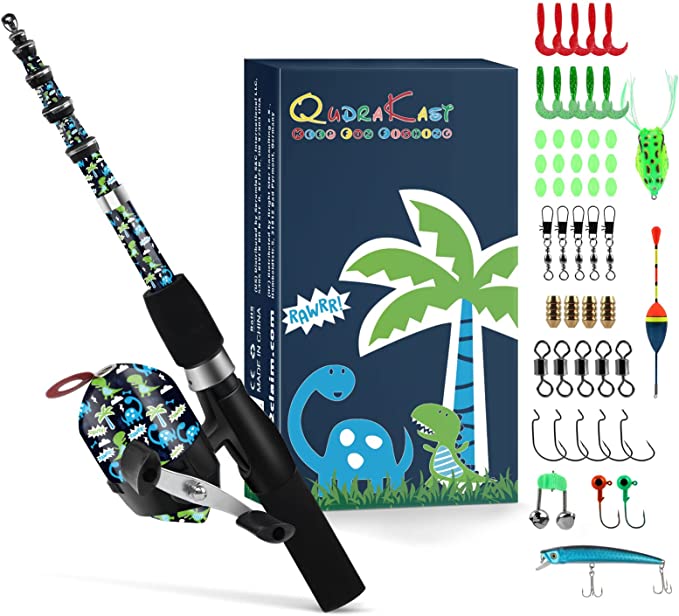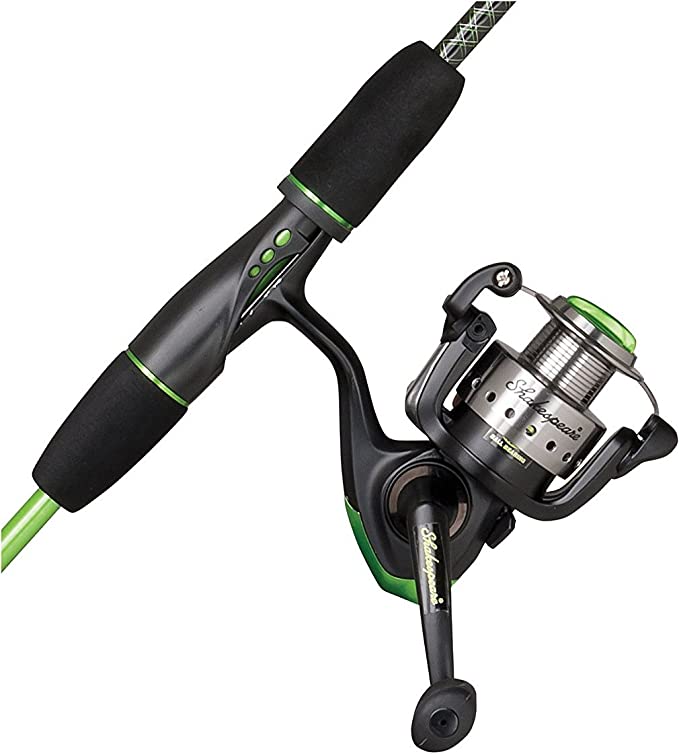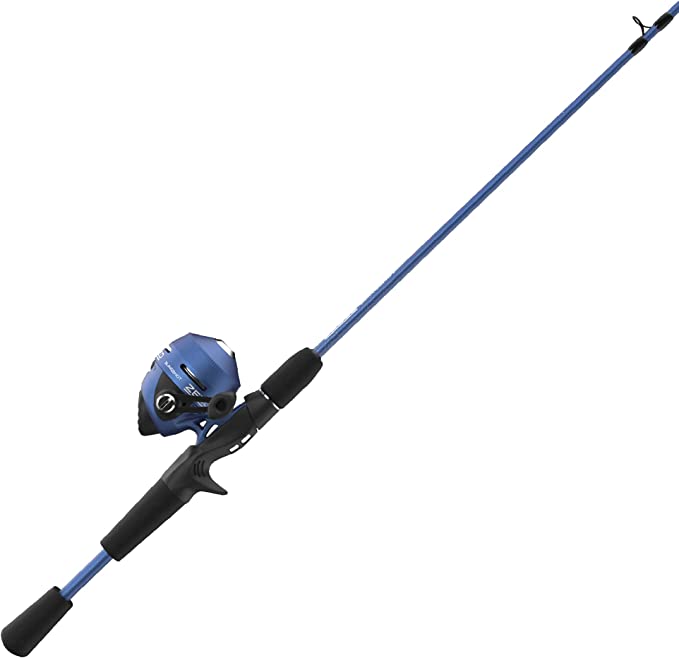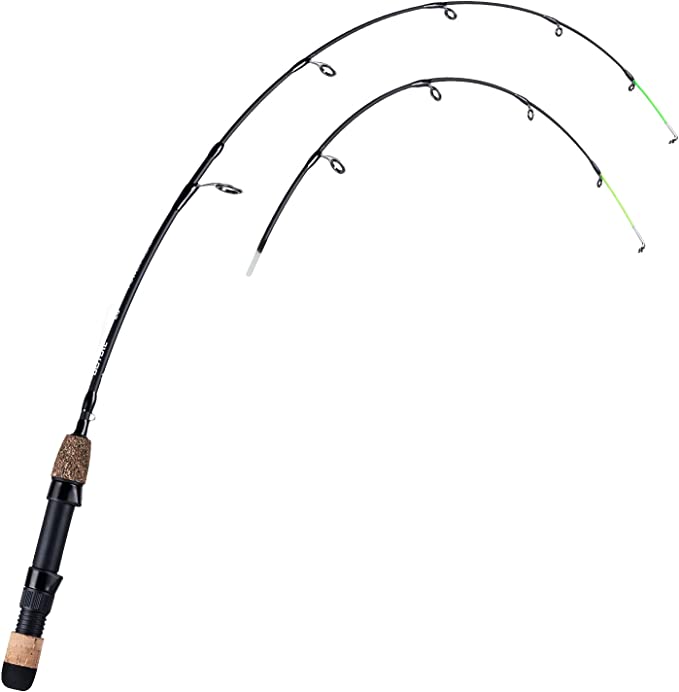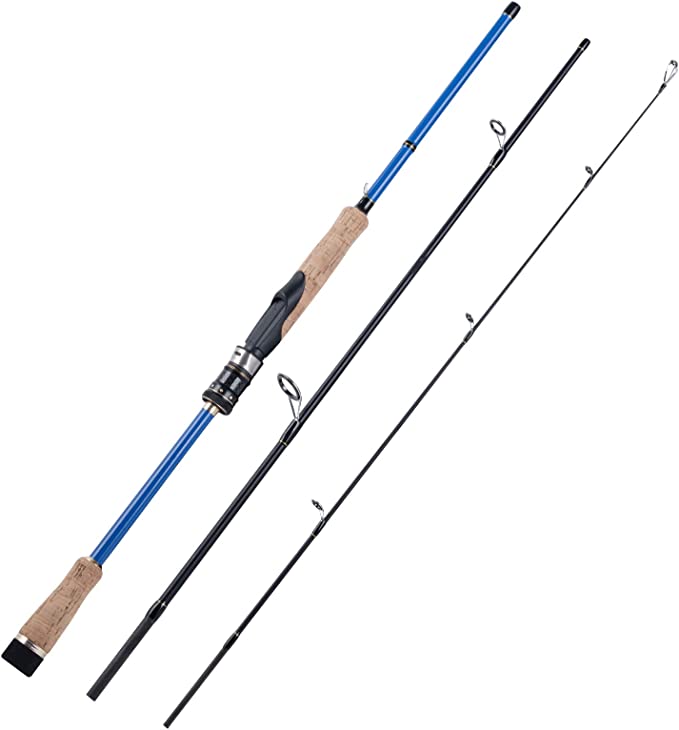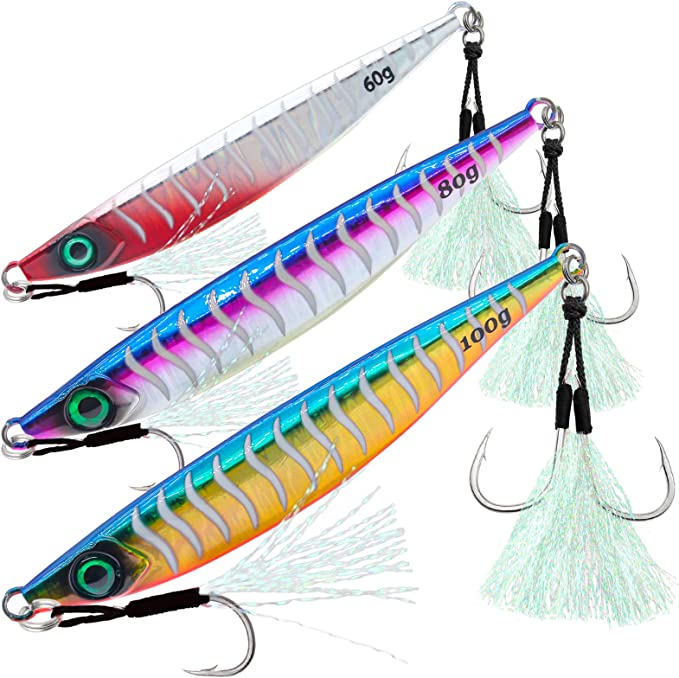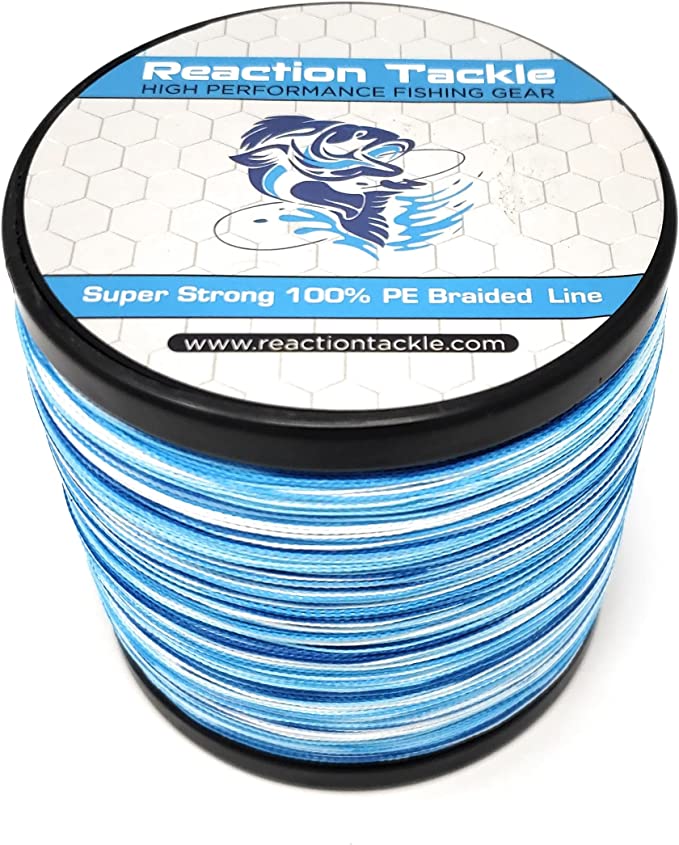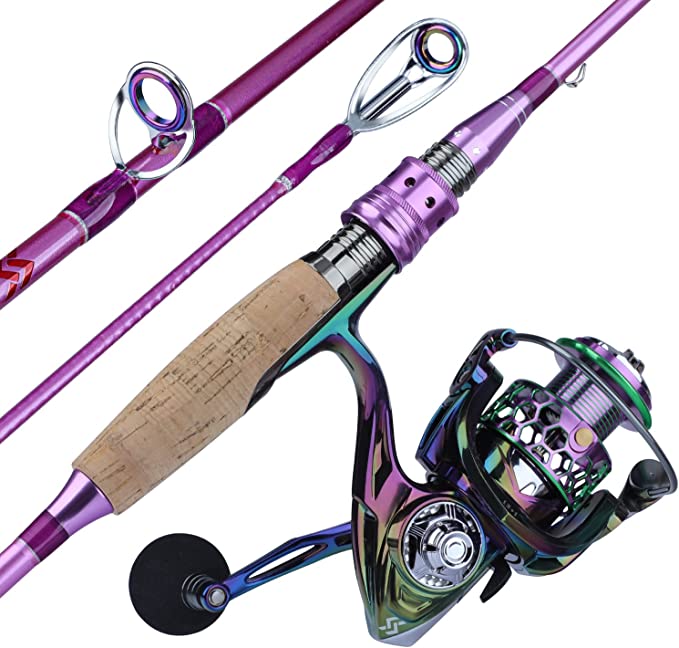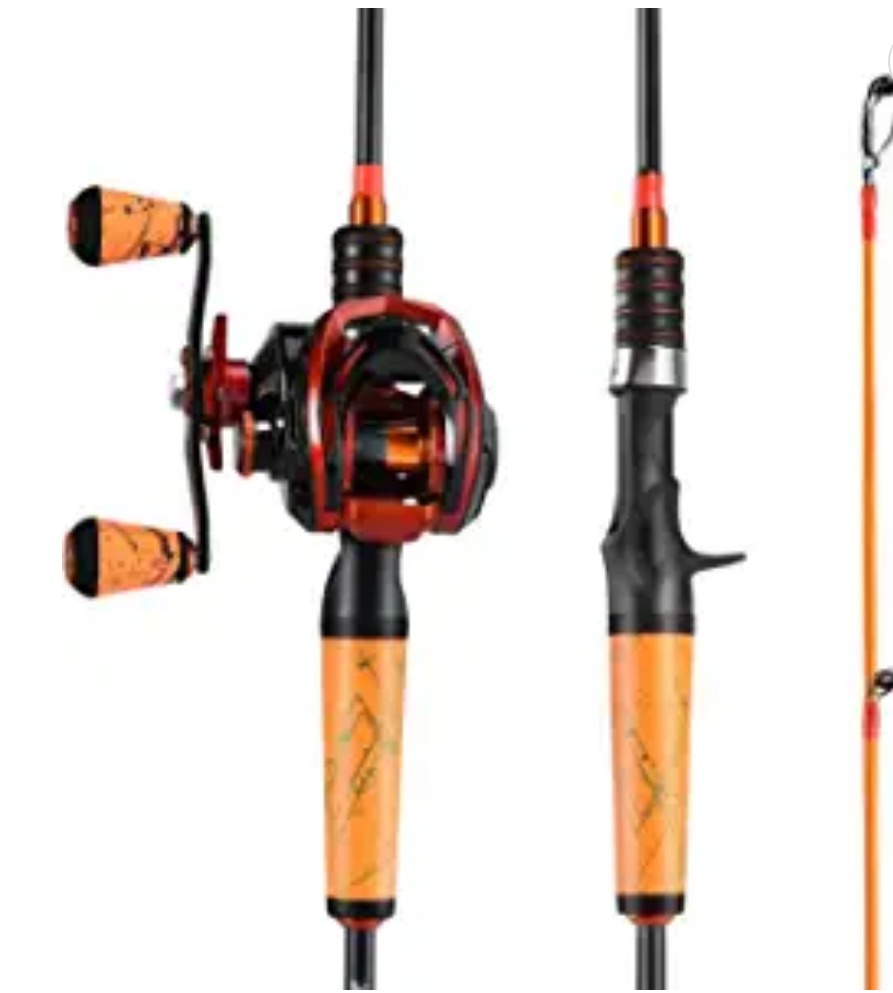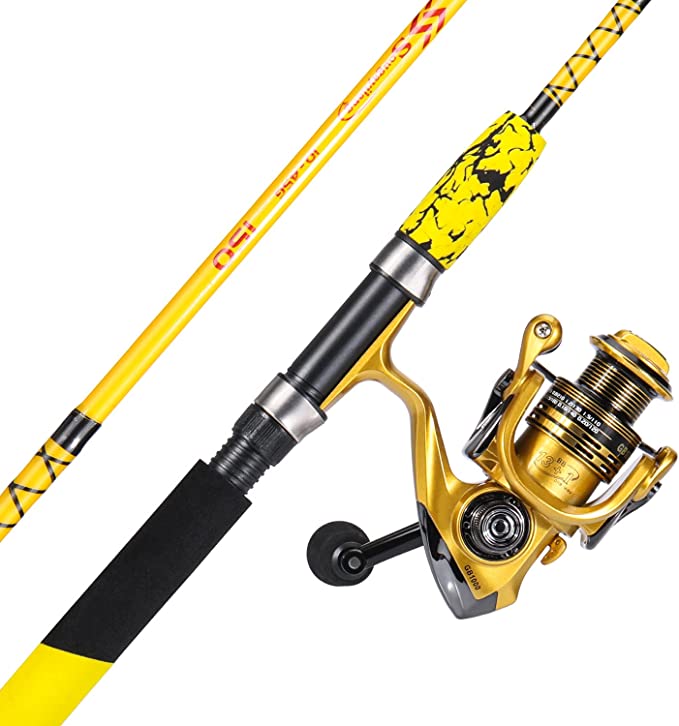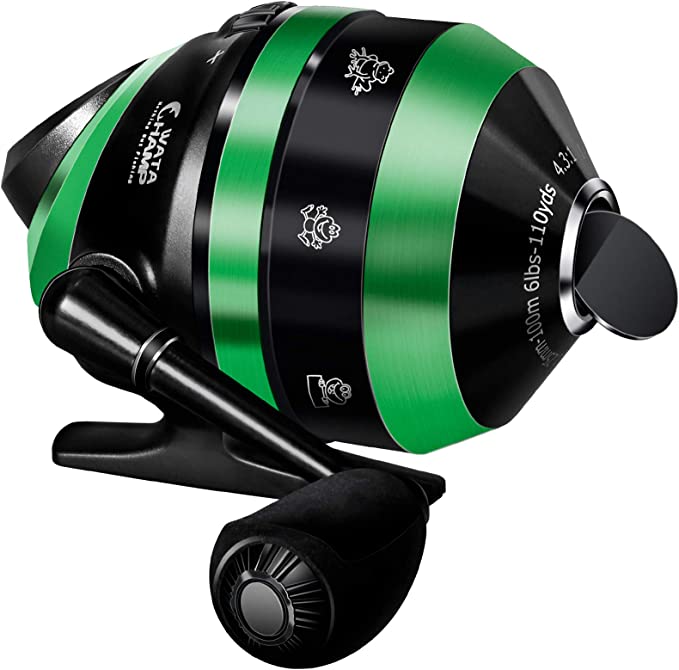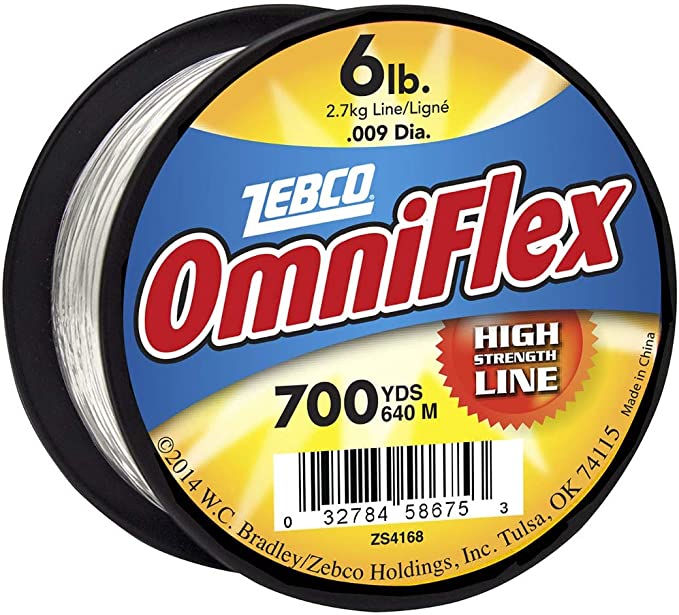From Cane Pole to Composite: The Gentle Science of a Child's First Cast
Update on Aug. 1, 2025, 4:09 p.m.
There’s a quiet magic to the water’s edge in the early morning, a space where time seems to slow. For many of us, this setting holds a formative memory: the passing of a tradition. It’s the weight of a fishing rod, heavier than expected, placed into small hands. It’s a lesson in patience, whispered over the ripples. But often, this idyllic scene was historically fraught with technical frustration. A tangled backlash of line, a heavy rod that was clumsy to cast, and a complex reel that felt like a puzzle with missing pieces. The spirit of the lesson was willing, but the equipment was often weak.
Today, a child’s first foray into angling looks remarkably different, exemplified by kits like the QudraKast QK-RD-Bag Kids Fishing Pole. It’s easy to dismiss these bright, colorful setups as mere toys. But to do so is to miss the elegant engineering and decades of problem-solving packed into their simple forms. This isn’t just a product; it’s the culmination of a quiet revolution, a story of how science and history conspired to preserve the simple joy of a child’s first catch.
The Revolution in a Humble Button
To understand the genius of a modern kids’ reel, we must travel back to the late 1940s. The problem was universal: baitcasting reels were prone to the dreaded “bird’s nest,” and spinning reels, while better, still required a practiced hand. The solution came not from a major corporation, but from a Texas watchmaker named R.D. Hull. Frustrated with his own tangles, Hull applied his intimate knowledge of gears and springs to invent something entirely new. His creation, which would eventually become the iconic Zebco Model 33, was the first commercially successful spincast reel.
Its principle was revolutionary in its simplicity. By enclosing the spool within a cone-shaped cover and using a simple push-button to command a metal pin to either grab or release the line, Hull eliminated the need for manual line-handling during a cast. He had tamed the physics of the process. The QudraKast’s push-button reel is a direct descendant of this legacy. It’s a design born from a desire to remove a barrier, allowing a beginner to focus on the motion and the moment, not the mechanics of failure. It is the democratization of the perfect cast.
From Forest Reeds to Woven Glass
The story of the rod is a parallel tale of material evolution. For centuries, a fishing rod was a thing of nature—a slender cut of bamboo or cane, chosen for its blend of lightness and flexibility. But these natural materials were inconsistent and fragile. The next great leap came from an unexpected source: the technological boom following the Second World War. Fiberglass, a material perfected for military applications like aircraft radomes, suddenly needed a new, peaceful purpose.
Anglers discovered that this composite of glass fibers locked in a polymer resin was almost miraculous. It was stronger and more durable than bamboo, remarkably flexible, and, most importantly, affordable to produce. A fiberglass rod could bend into a deep, parabolic arc without snapping, a quality that makes it exceptionally forgiving. When we see that the QudraKast rod is made of fiberglass and weighs a mere 85 grams, we are seeing the result of this historical shift. Its lightweight design is a testament to modern materials, while its resilience is a nod to the inherent toughness of its glass-fiber backbone. The listing’s mention of “Carbon” likely points to a modern composite blend, marrying the legendary durability of fiberglass with the crispness of carbon fiber—a perfect, balanced recipe for a young apprentice.
The Physics of the Fight: A Lesson in Forces
When that magical moment finally happens—the subtle tap-tap-tap transmitted up the line—the rod and reel transform from casting tools into a dynamic system for managing energy. This is where the true science of the design shines.
First, the rod itself acts as a beautiful shock absorber. As the fish pulls, the rod’s parabolic bend does more than just curve; it stores the fish’s kinetic energy as potential energy within its composite structure. Like a coiled spring, it absorbs the sudden lunges and head-shakes, preventing the force from being transferred directly to the thin line. The rod, in essence, tires the fish, not the child.
Simultaneously, the reel’s drag system comes into play. This is often an unseen hero, but it’s a critical lesson in controlled friction. Inside the reel, a series of washers can be tightened or loosened. When a fish pulls harder than the drag setting, the spool gives out line with a satisfying buzz. This isn’t a failure; it’s a safety valve. It converts the powerful kinetic energy of the fish’s run into thermal energy (heat) within the friction plates, protecting the line, which has a much lower breaking strength, from snapping.
Finally, as the child begins to reel, the 3.3:1 gear ratio reveals its purpose. Like using a low gear on a bicycle to climb a hill, the low ratio gives the angler more torque—more cranking power—for each turn of the handle. It makes the physical act of retrieving the line easier, giving the child a feeling of control and power as they guide their prize toward the shore.
Engineering for Connection
In the end, we return to the water’s edge. A child, armed with a tool born of a watchmaker’s ingenuity and a material from the aerospace industry, makes a cast. The line flies out smoothly. A fish bites. The rod bends, the drag sings, the handle turns. The technology, a symphony of simple machines and advanced materials, performs its duty flawlessly.
And then, it becomes invisible.
What remains is the look on a child’s face—a mixture of awe, excitement, and accomplishment. The QudraKast pole, like all well-designed tools, is ultimately a bridge. It bridges the gap between frustration and success, between a complex world of physics and a child’s intuitive understanding. Most importantly, it bridges generations, removing the technical barriers so that the timeless tradition of sharing a quiet moment by the water can be passed on, purer and more joyful than ever before.
